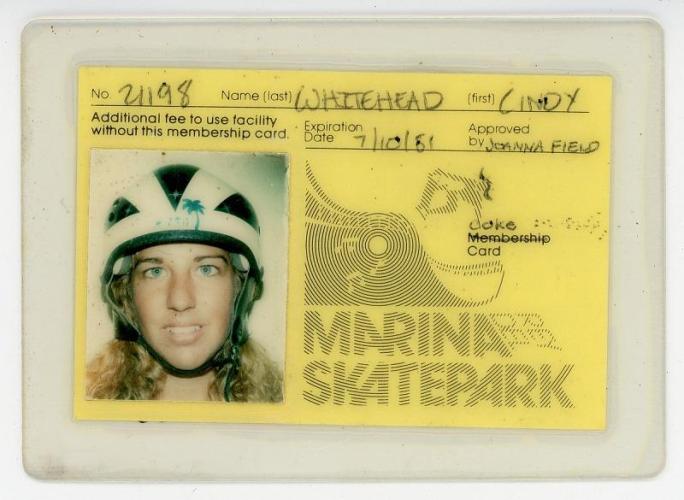
Skate card for Marina Del Ray Skate Park used by Cindy Whitehead. National Museum of American History, Smithsonian Institution.
By Sarah Ramirez, summer 2021 intern for the Smithsonian American Women's History Initiative, Because of Her Story
The Smithsonian believes there is power in sharing diverse women's history with middle and high school students. Smithsonian educators have created free downloadable lesson plans and resource sets to share lesser-known women's history with educators and caregivers. The conversation kits were designed for grades 6-12. The kits include different teaching strategies such as object analysis, discussion questions, investigation sheets, and more.
Learn about women who made their mark on American history. We invite you to share these conversation kits any with teachers you know!
1. Juliette Gordon Low
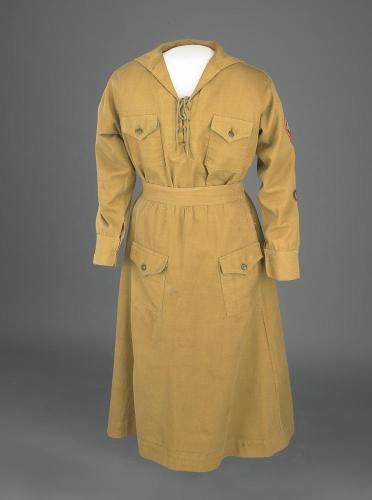
Girl Scout uniform from around 1918(link is external). National Museum of American History, Smithsonian Institution; Gift of Dorothy Emmert Brewster.
In 1912, Juliette Gordon Low founded the Girl Scouts of America. Low wanted to prepare young girls to help their country and lead with courage. She encouraged Girl Scouts to learn practical skills such as how to clean a fish and treat a snakebite, skills that challenged society's expectations of what girls need to know. Low's Girl Scouts welcomed members of different religious, ethnic, and social backgrounds as well as girls with disabilities. Learn more in the Juliette Gordon Low and the Girl Scouts Conversation Kit.
2. The Women's Land Army of World War II
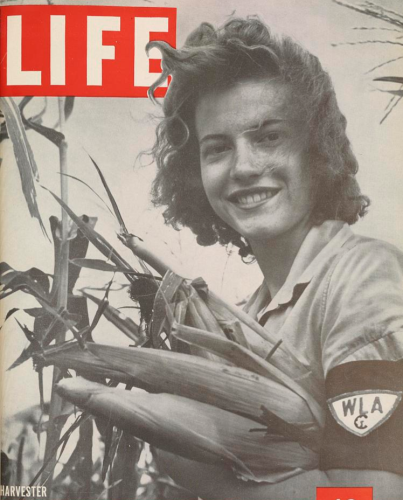
Cover, Life magazine, September 27, 1943. National Museum of American History.
The Women's Land Army of America was instrumental in feeding Americans during World War I and II. During the wars, farmhands, who were primarily male at the time, were called to service or factory jobs. Women became known as "farmerettes" as they learned how to grow and harvest crops. These jobs offered opportunities for many women to work outside of the home and earn a wage for the first time. Learn more in the Women's Land Army of World War II Conversation Kit.
3. Bessie Coleman
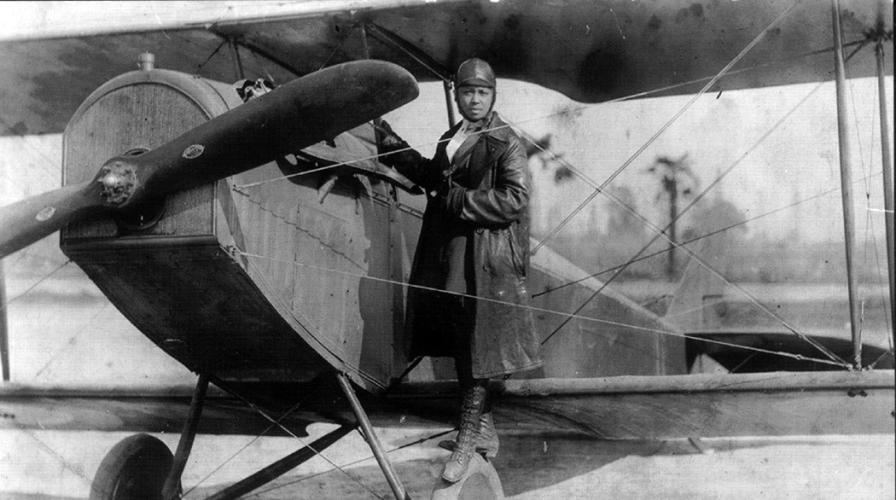
Bessie Coleman, around 1924. National Air and Space Museum, Smithsonian Institution.
Bessie Coleman inspired African American communities that dreamt of flying high. U.S. aviation schools denied Bessie Coleman admission because of biases against women and people of color. Not to be stopped, Coleman learned French in order to earn her license in France. She became the first African American woman and person of American Indian descent to receive her pilot's license. Coleman used her platform to fight for racial and gender equality. When she returned to the United States, she performed aerobatics in air shows in front of desegregated crowds. After she died, Black communities created Bessie Coleman Aero Clubs to promote aviation awareness. Learn more in the Bessie Coleman: Community Innovator Conversation Kit.
4. Queen Liliʻuokalani
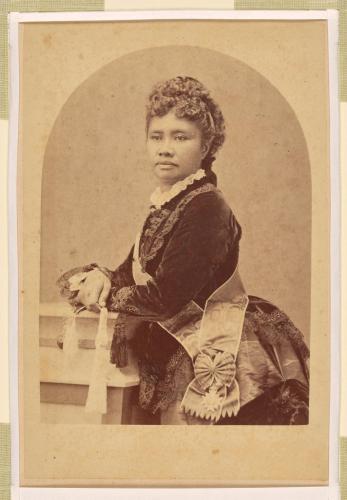
Queen Liliʻuokalani was the Hawaiian Kingdom's only reigning queen and the last monarch before the overthrow of the sovereign state. From 1891—1893, her reign was a time of economic growth. Hawaiʻi's multiethnic society enjoyed universal suffrage, universal health care, and a 95 percent literacy rate. Queen Liliʻuokalani advocated for education for all. She protected her country, citizens, and role as a leader until she died, even after the U.S government forcibly removed her from her position. She left behind an inspiring legacy of aloha ʻāina, meaning love of land. Aloha ʻāina continues to motivate contemporary acts of civic engagement. Learn more in the Queen Liliʻuokalani Conversation Kit.
5. Native Women Artists
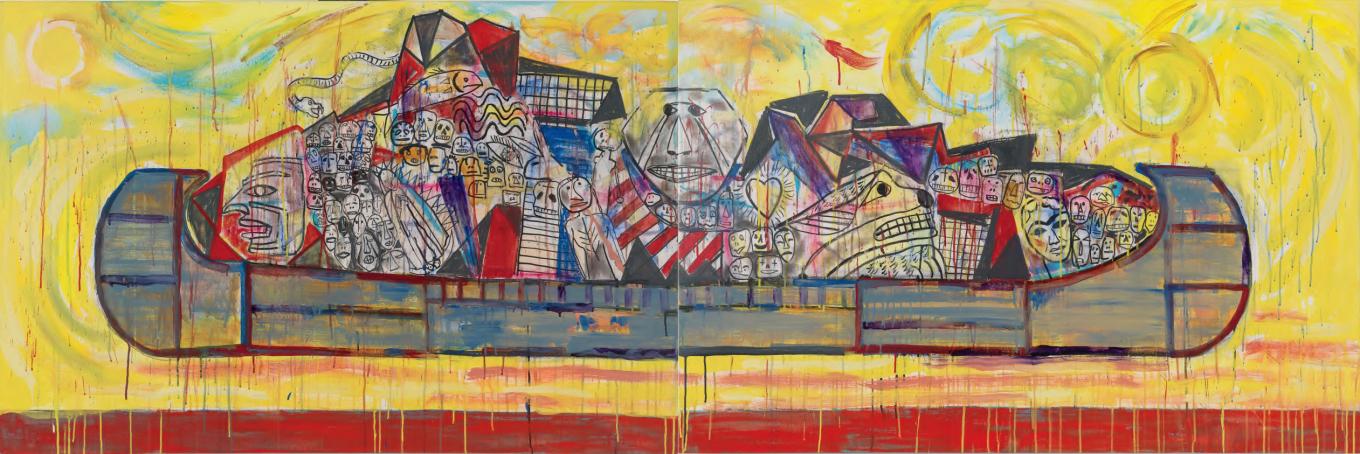
For centuries, American Indian women have used art to share their stories with the world. Today they tackle difficult topics in their art and frequently integrate art with political action. Many Native women make their voices heard by protesting the lack of inclusion or diversity in the art field. Jaune Quick-to-See Smith is an artist who creates politically charged paintings and mixed media works that address social injustice. Her art layers images, paint, and objects to explore topics of displacement, belonging, climate change, and other issues. Learn more in the Native Women and Civic Action Conversation Kit.
6. Delores del Río
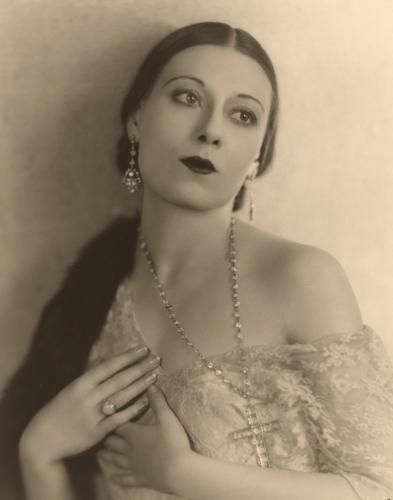
Photograph of Dolores del Río by Benjamin Strauss and Homer Peyton. National Portrait Gallery, Smithsonian Institution; acquired through the generosity of the Honorable Anthony Beilenson in honor of his wife Dolores
Mexican actress Delores del Río broke racial taboos in Hollywood from the 1920s to 1980s. Del Río was one of the few actors who survived the transition from silent movies to "talkies." In silent movies, studios often cast her as white characters due to her fair skin. As she transitioned into talkies, studios typecast her as ethnic or exotic characters because of her accent. She spent her career fighting for recognition as a Mexican actress in Hollywood. Learn more in the Delores del Río Conversation Kit.
7. Cindy Whitehead

Skate card for Marina Del Ray Skate Park used by Cindy Whitehead. National Museum of American History, Smithsonian Institution.
In the 1970s, Skateboarding pioneer Cindy Whitehead became one of the first professional female skateboarders. She turned pro at 17 and competed with boys on their own turf. There were no skate products for girls in the 1970s, so she had no choice but to wear boys' shorts when competing. In 2013, Whitehead created her girl-empowering brand Girl is NOT a 4 Letter Word (GN4LW). The brand supports young female skaters and creates products geared towards women and girls. Whitehead has spent her career making action sport culture more welcoming and supportive of female skaters. Learn more in the Cindy Whitehead's GN4LW Skateboard Conversation Kit.
8. Dead Letter Office Blind Reading Album
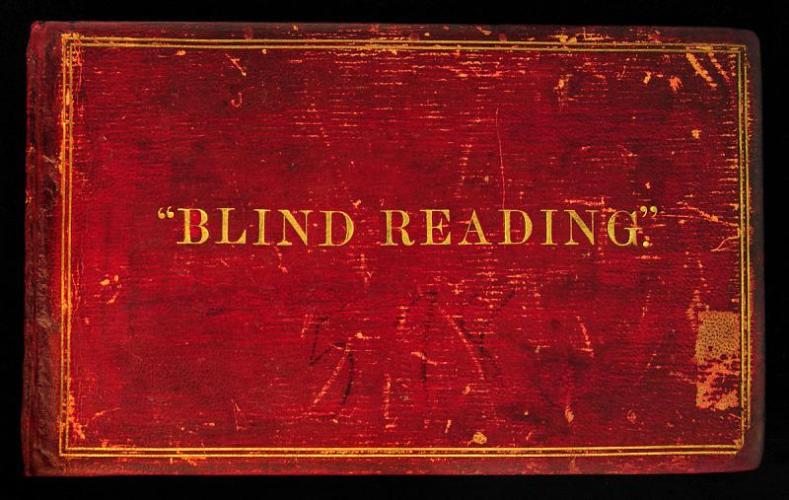
Dead Letter Office Blind Reading Album, 1883-1884. National Postal Museum, Smithsonian Institution.
During the Civil War, the U.S. Postal Service's Dead Letter Office hired women to manage letters that went unclaimed or had incomplete addresses. Employees used analytical reasoning and extensive training in language and geography. With these skills, they deduced the correct addresses. These jobs in the Dead Letter Office represented some of the first positions the U.S. Postal Service offered to women. The women challenged cultural norms by working in a federal agency and pursuing equal rights. Learn more in the Dead Letter Office Blind Reading Album Conversation Kit.
Note: This kit is aligned to high school learning objectives.
9. African American Women Medical Professionals

Tintype of a woman carrying a medical bag, from around the 1890s. Collection of the Smithsonian National Museum of African American History and Culture.
There are only 115 known African American women doctors from the 19th century. In the 1890s, African American women doctors were in a unique position to blend modern medicine with the traditional medical practices of West African countries. Doctor Sarah Loguen Fraser gained medical experience assisting African Americans who had escaped from enslavement. In 1876, she graduated from medical school and became the fourth African American woman doctor in the United States. She opened her own private medical practice in Washington, D.C., where she practiced pediatric medicine and mentored African American midwives. Learn more in the African American Women as Medical Professionals Conversation Kit.
Related Posts
Sarah Ramirez, a recent graduate of Fordham University with a degree in Global Business and Consumer Insights, is the 2021 Because of Her Story intern for the Smithsonian American Women's History Initiative. Her work focuses on expanding the Smithsonian's reach through classroom conversation kits and exploring content preferences of Gen Z individuals.